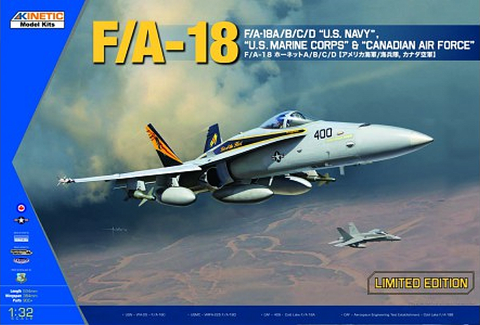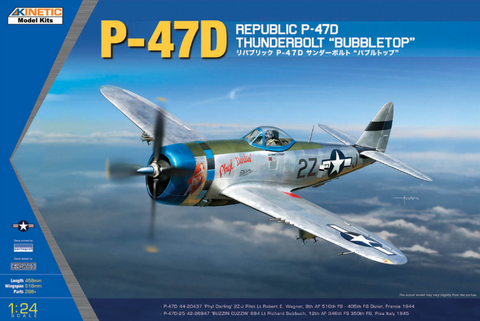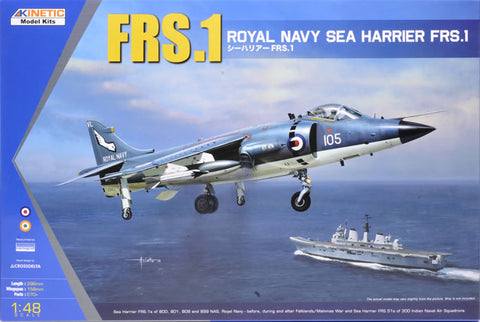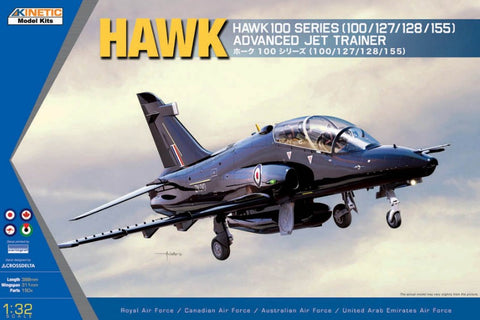The Mirage 2000 arose from the French Air Force requirement for a Future Combat Aircraft (ACF) to replace its aging Mirage III. With the defeat of the Mirage F.1 by the General Dynamics F-16 for the NATO tactical fighter requirement, Dassault developed two designs, the twin-engined Super Mirage and a single-engined design based on the Mirage III. The French Air Force turned down the Super Mirage as too costly and development of the single-engined variant ensued and dubbed Mirage 2000.
Development of the Mirage 2000 proceeded very quickly given that the airframe was essentially a Mirage III that was modified to accommodate the SNECMA M53 Super Atar engine and much of the airframe volume used for older avionics and traditional flight control systems were recycled to accommodate advanced fly-by-wire systems as well as state-of-the-art avionics. First flight of the Mirage 2000 was 27 months after program start. In contrast, the P-51 Mustang took only four months, the F-16 about two years, and the X-35 (F-35 prototype) took about four years.
The Mirage 2000 was originally developed as a single-seat fighter-interceptor to replace the Mirage III, with the two-seat Mirage 2000B developed as the trainer variant. The Mirage 2000B design was further modified for sustained low-level flight and delivery capability of the nuclear ASMP missile to replace the aging Mirage IV, this variant was designated as Mirage 2000N.
The Mirage 2000D was a further development based on the Mirage 2000N to provide precision strike capability with conventional weapons. Like many air forces around the world, the Mirage 2000D makes use of the second crewman to provide that extra pair of eyes as well as manage the weapons and guidance systems while the pilot deals with sustained low-altitude flight in a hostile environment.
Development of the Mirage 2000 proceeded very quickly given that the airframe was essentially a Mirage III that was modified to accommodate the SNECMA M53 Super Atar engine and much of the airframe volume used for older avionics and traditional flight control systems were recycled to accommodate advanced fly-by-wire systems as well as state-of-the-art avionics. First flight of the Mirage 2000 was 27 months after program start. In contrast, the P-51 Mustang took only four months, the F-16 about two years, and the X-35 (F-35 prototype) took about four years.
The Mirage 2000 was originally developed as a single-seat fighter-interceptor to replace the Mirage III, with the two-seat Mirage 2000B developed as the trainer variant. The Mirage 2000B design was further modified for sustained low-level flight and delivery capability of the nuclear ASMP missile to replace the aging Mirage IV, this variant was designated as Mirage 2000N.
The Mirage 2000D was a further development based on the Mirage 2000N to provide precision strike capability with conventional weapons. Like many air forces around the world, the Mirage 2000D makes use of the second crewman to provide that extra pair of eyes as well as manage the weapons and guidance systems while the pilot deals with sustained low-altitude flight in a hostile environment.
Features of the kit:
- Nicely detailed cockpits
- Separately molded tires and wheel hubs for easy painting
- Positionable flight control surfaces (except rudder)
- Three different tails
- Positionable canopies
- Parts to render the Mirage 2000B, 2000D, or 2000N
Weapons and stores:
- 2 x Magic 1
- 2 x Magic 2
- 1 x centerline tank
- 2 x wing tanks
- 2 x AS-30L
- ATLIS targeting pod
Four colorful marking options:
- Mirage 2000B, 5-OK, French AF
- Mirage 2000D, 3-JS, French AF
- Mirage 2000N, 4-BB, French AF
- Mirage 2000BG, 202, Hellenic AF
These decals include a nice suite of airframe stenciling and weapons markings.


















